
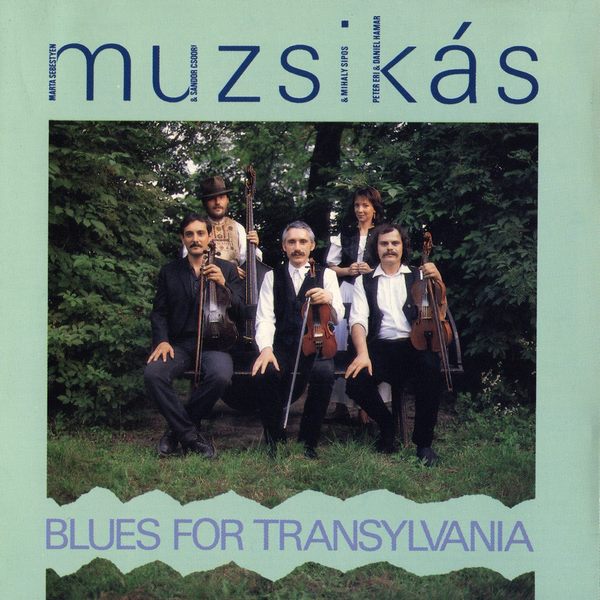 |
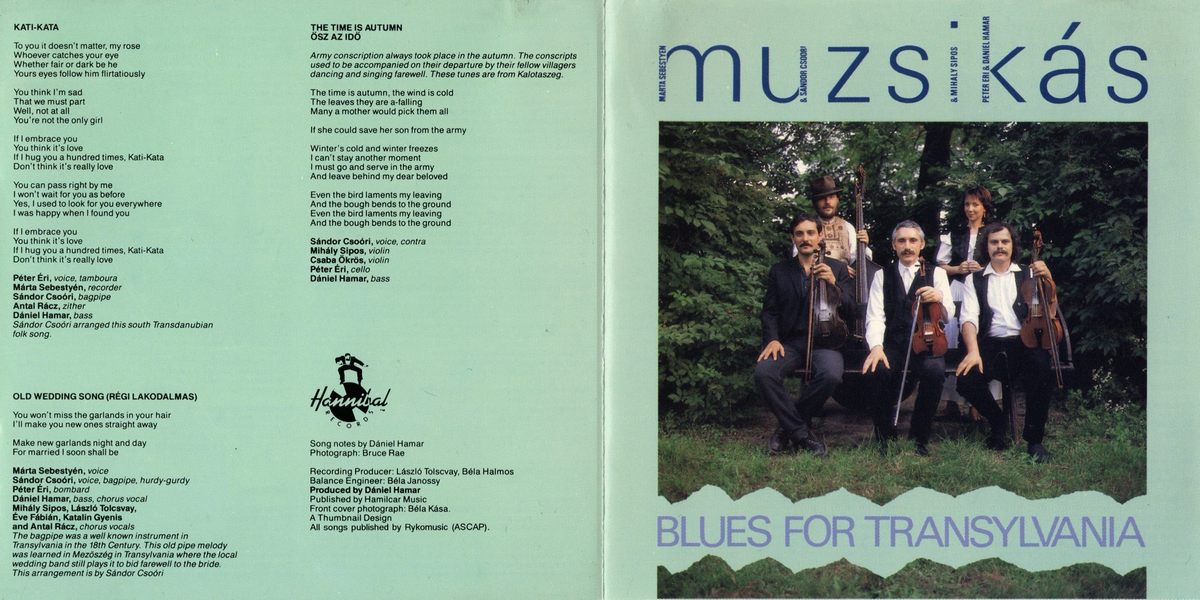
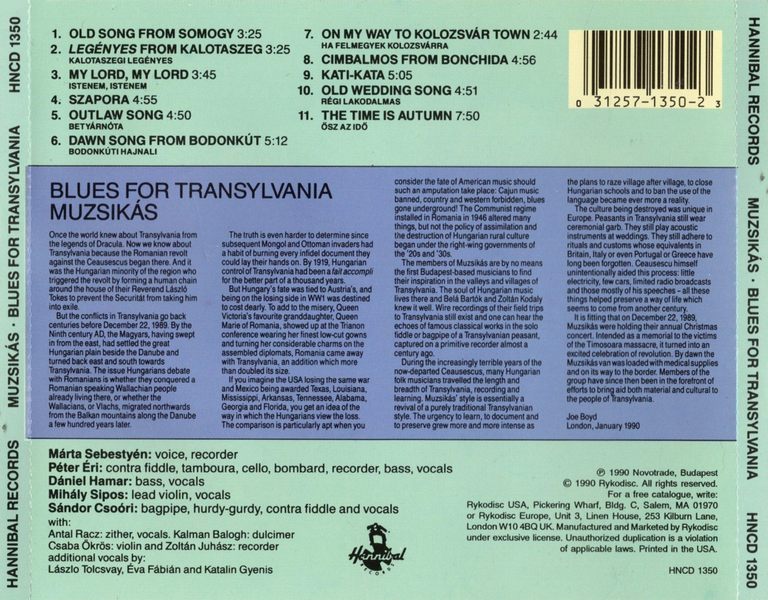
|
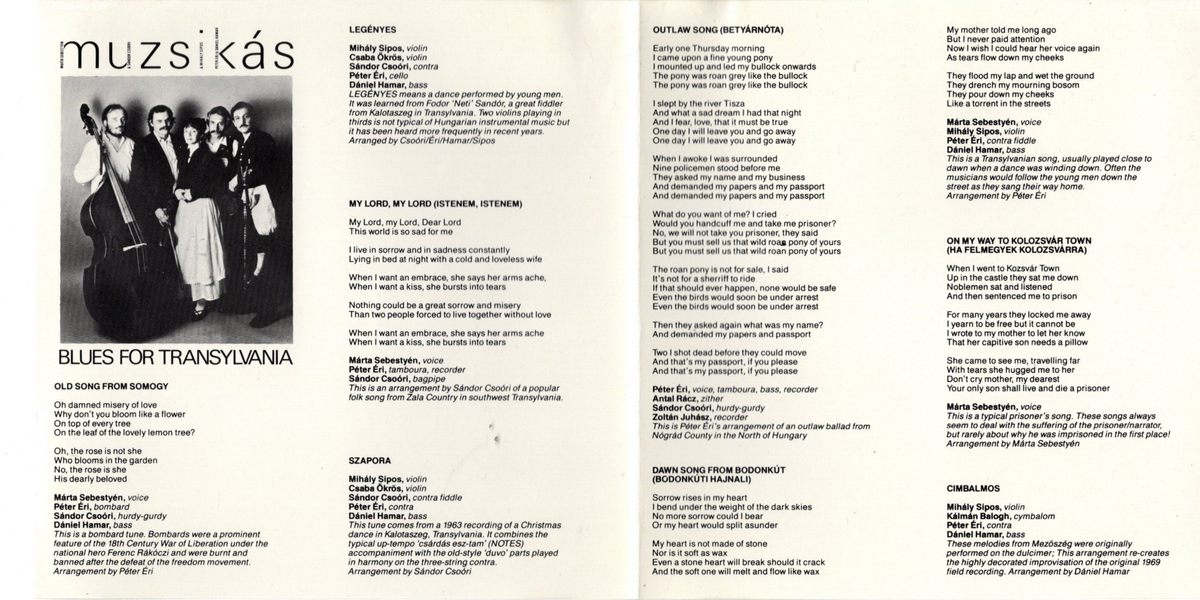
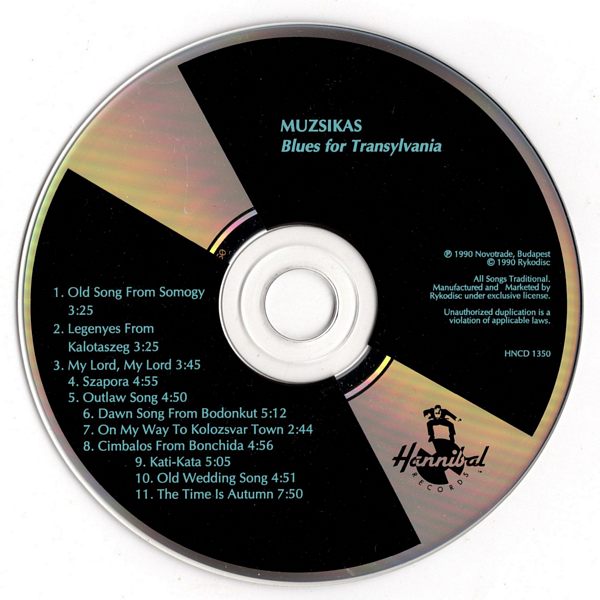 |
Sleeve Notes
Once the world knew about Transylvania from the legends of Dracula Now we know about Transylvania because the Romanian revolt against the Ceausescus began there And it was the Hungarian minority of the region who triggered the revolt by forming a human chain around the house of their Reverend LAszlb Tokes to prevent the Security from taking him into exile.
But the conflicts in Transylvania go back centuries before December 22,1989. By the Ninth century AD, the Magyars, having swept in from the east, had settled the great Hungarian plain beside the Danube and turned back east and south towards Transylvania The issue Hungarians debate with Romanians is whether they conquered a Romanian speaking Wallachian people already living there, or whether the Wallacians, or Vlachs, migrated northwards from the Balkan mountains along the Danube a few hundred years later
The truth is even harder to determine since subsequent Mongol and Ottoman invaders had a habit of burning every infidel document they could lay their hands on. By 1919. Hungarian control of Transylvania had been a fait accompli for the better part of a thousand years.
But Hungary's fate was tied to Austria's, and being on the losing side in WW1 was destined to cost dearly To add to the misery, Queen Victoria's favourite granddaughter, Queen Marie of Romania, showed up at the Trianon conference wearing her finest low-cut gowns and turning her considerable charms on the assembled diplomats, Romania came away with Transylvania, an addition which more than doubled its size.
If you imagine the USA losing the same war and Mexico being awarded Texas, Louisiana, Mississippi, Arkansas, Tennessee, Alabama, Georgia and Florida, you get an idea of the way in which the Hungarians view the loss The comparison is particularly apt when you consider the fate of American music should such an amputation take place: Cajun music banned, country and western forbidden, blues gone underground1 The Communist regime installed in Romania in 1946 altered many things, but not the policy of assimilation and the destruction of Hungarian rural culture began under the right-wing governments of the'20s and '30s.
The members of Muzsikás are by no means the first Budapest-based musicians to find their inspiration in the valleys and villages of Transylvania The soul of Hungarian music lives there and Belá Bartók and Zoltán Kodaly knew it well Wire recordings of their field trips to Transylvania still exist and one can hear the echoes of famous classical works in the solo fiddle or bagpipe of a Transylvanian peasant, captured on a primitive recorder almost a century ago.
During the increasingly terrible years of the now-departed Ceausescus, many Hungarian folk musicians travelled the length and breadth of Transylvania, recording and learning. Muzsikás' style is essentially a revival of a purely traditional Transylvanian style. The urgency to learn, to document and to preserve grew more and more intense as the plans to raze village after village, to close Hungarian schools and to ban the use of the language became ever more a reality.
The culture being destroyed was unique in Europe Peasants in Transylvania still wear ceremonial garb They still play acoustic instruments at weddings They still adhere to rituals and customs whose equivalents in Britain, Italy or even Portugal or Greece have long been forgotten Ceausescu himself unintentionally aided this process: little electricity, few cars, limited radio broadcasts and those mostly of his speeches — all these things helped preserve a way of life which seems to come from another century.
It is fitting that on December 22,1989, Muzsikás were holding their annual Christmas concert Intended as a memorial to the victims of the Timosoara massacre, it turned into an excited celebration of revolution By dawn the Muzsikás van was loaded with medical supplies and on its way to the border. Members of the group have since then been in the forefront of efforts to brma aid both material and cultural to the people of Transylvania
Joe Boyd
London. January 1990
Song Notes
Old Song from Somogy — This is a bombard tune. Bombards were a prominent feature of the 18th Century War of Liberation under the national hero Ferenc Rákóczi and were burnt and banned after the defeat of the freedom movement.
Legényes From Kalotaszeg (Kalotaszegi Legényes) — Legényes means a dance performed by young men. It was learned from Fodor 'Neti' Sandór. a great fiddler from Kalotaszeg in Transylvania Two violins playing in thirds is not typical of Hungarian instrumental music but it has been heard more frequently in recent years.
My Lord, My Lord (Istenem, Istenem) — This is a popular folk song from Zala Country in southwest Transylvania.
Szapora — This tune comes from a 1963 recording of a Christmas dance in Kalotaszeg. Transylvania. It combines the typical up-tempo csárdás esz-tam' (NOTES) accompaniment with the old-style 'duvo' parts played in harmony on the three-string contra.
Outlaw Song (Betyárnóta) — This is an outlaw ballad from Nógrád County in the North of Hungary
Dawn Song from Bodonkút (Bodonkúti Hajnali) — This is a Transylvanian song, usually played close to dawn when a dance was winding down. Often the musicians would follow the young men down the street as they sang their way home.
On My Way to Kolozsvár Town (Ha Felmegyek Kolozsvárra) — This is a typical prisoner's song. These songs always seem to deal with the suffering of the prisoner/narrator, but rarely about why he was imprisoned in the first place!
Cimbalmos From Bonchida — These melodies from Mezőszég were originally performed on the dulcimer; This arrangement re-creates the highly decorated improvisation of the original 1969 field recording.
Kati-Kata — A south Transdanubian folk song.
Old Wedding Song (Régi Lakodalmas) — The bagpipe was a well-known instrument in Transylvania in the 18th Century. This old pipe melody was learned in Mezöszég in Transylvania where the local wedding band still plays it to bid farewell to the bride.
The Time Is Autumn (Ősz Az Idő) — Army conscription always took place in the autumn. The conscripts used to be accompanied on their departure by their fellow villagers dancing and singing farewell These tunes are from Kalotaszeg.